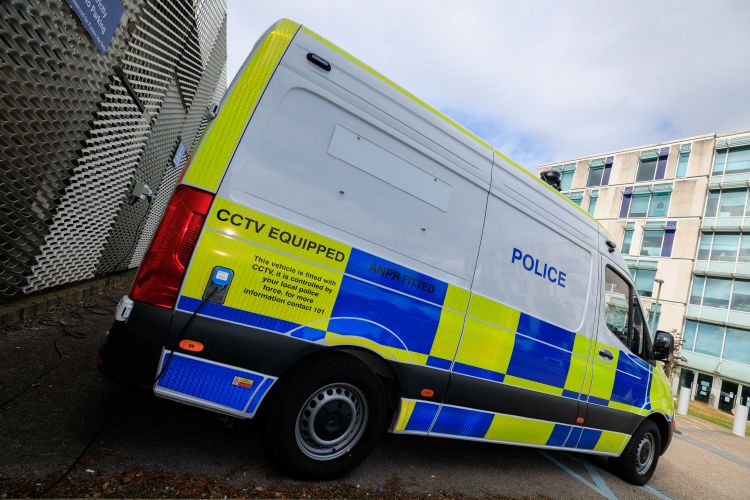
Greater Manchester Police has introduced Live Facial Recognition (LFR) in Sale, hoping to tackle the increase in shoplifting.
The idea of this technology is to not only stop criminals, but make people feel safe and protect vulnerable people from harm. If successful, the police hope to use it at bigger, more crowded events such as football matches, concerts and festivals.
Two vans will be in Sale town centre, and they are certainly not hidden. The vans are signposted and officers stay around the vehicle to answer any questions, they also have to give advanced notice that they will be there, unless they believe it will undermine an operation.
Some citizens feel the project was not advertised well enough. Emma Newbery, 24, said: “It does feel quite invasive but I’ve got nothing to hide – although I feel like I should know if I’m being monitored, is it being communicated?”
She continued to tell me how she was unsure of how this worked, and this made her feel uncertain.
Live Facial Recognition works by scanning the person’s face, measuring their features such as nose or jawline. It then beeps to inform the police officers if this person may be on the wanted list. If the person scanned is not wanted, the footage is deleted immediately, if it is a false alarm, it gets deleted either immediately or after 24 hours.
Sean Hatch, 23 who lives in Sale felt slightly more confident in the scheme, but worried about the future of it. He said: “I am largely indifferent about it. I agree with both arguments that people should have privacy and not be tracked but I also see the other side of it that it will be a great tool to fight crime. If used responsibly and properly, it will be very good, it’s very early for that limited use to very easily expand into tracking.”
Greater Manchester Police are adamant that there is nothing to worry about, and emphasises that this is positive for the region and will make our streets safer.
Assistant Chief Constable Rick Jackson said: “This is a really good example of police offers and technology working hand-in-hand” and “it is a precise and targeted tool only identifying specific individuals who have been added to a bespoke watchlist and will significantly speed up the process of identifying people at risk or wanted by police.”
